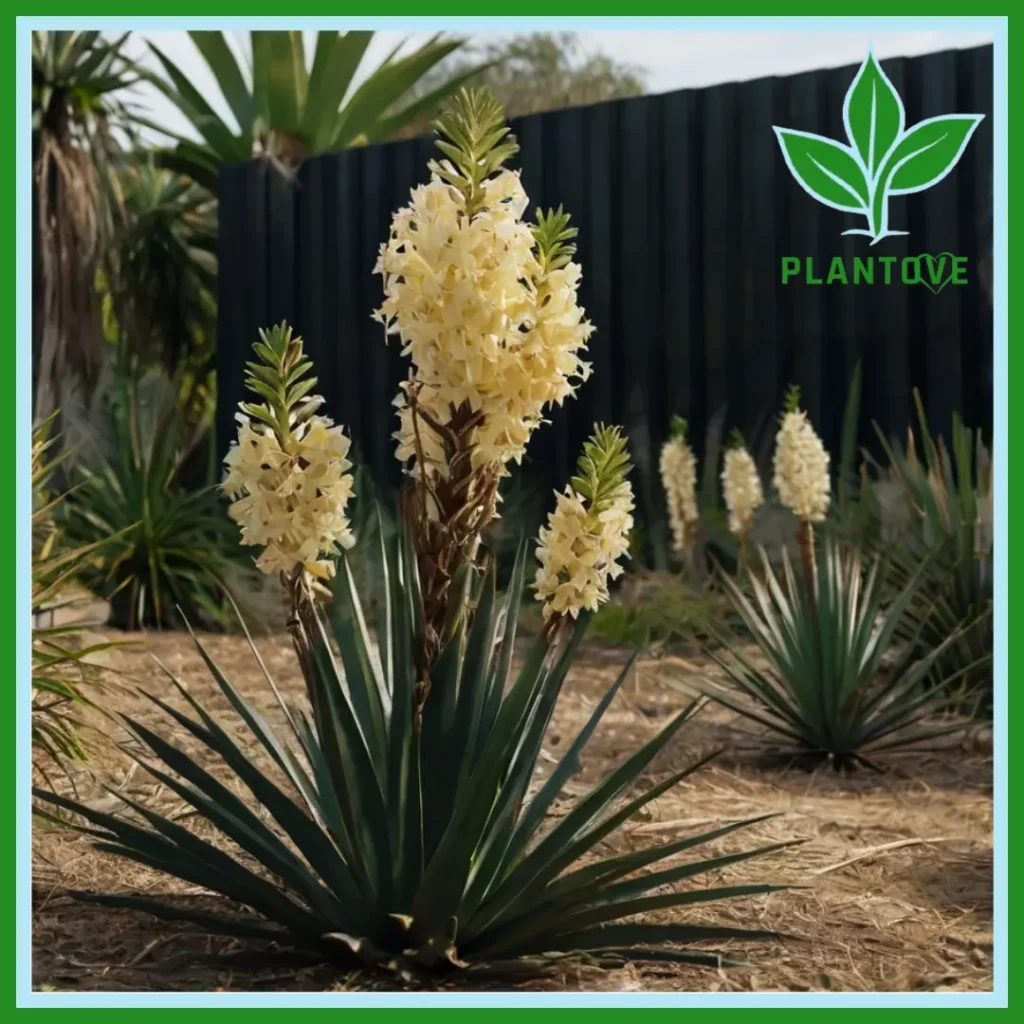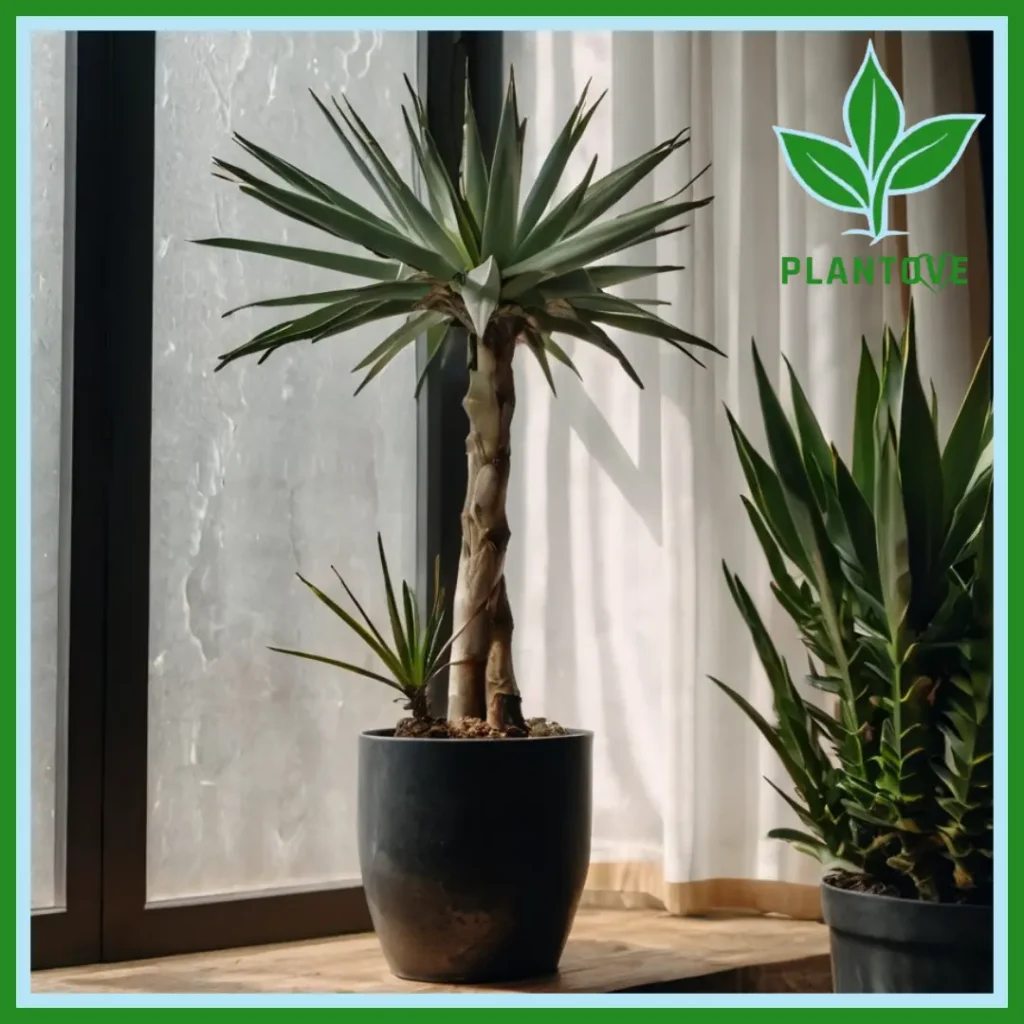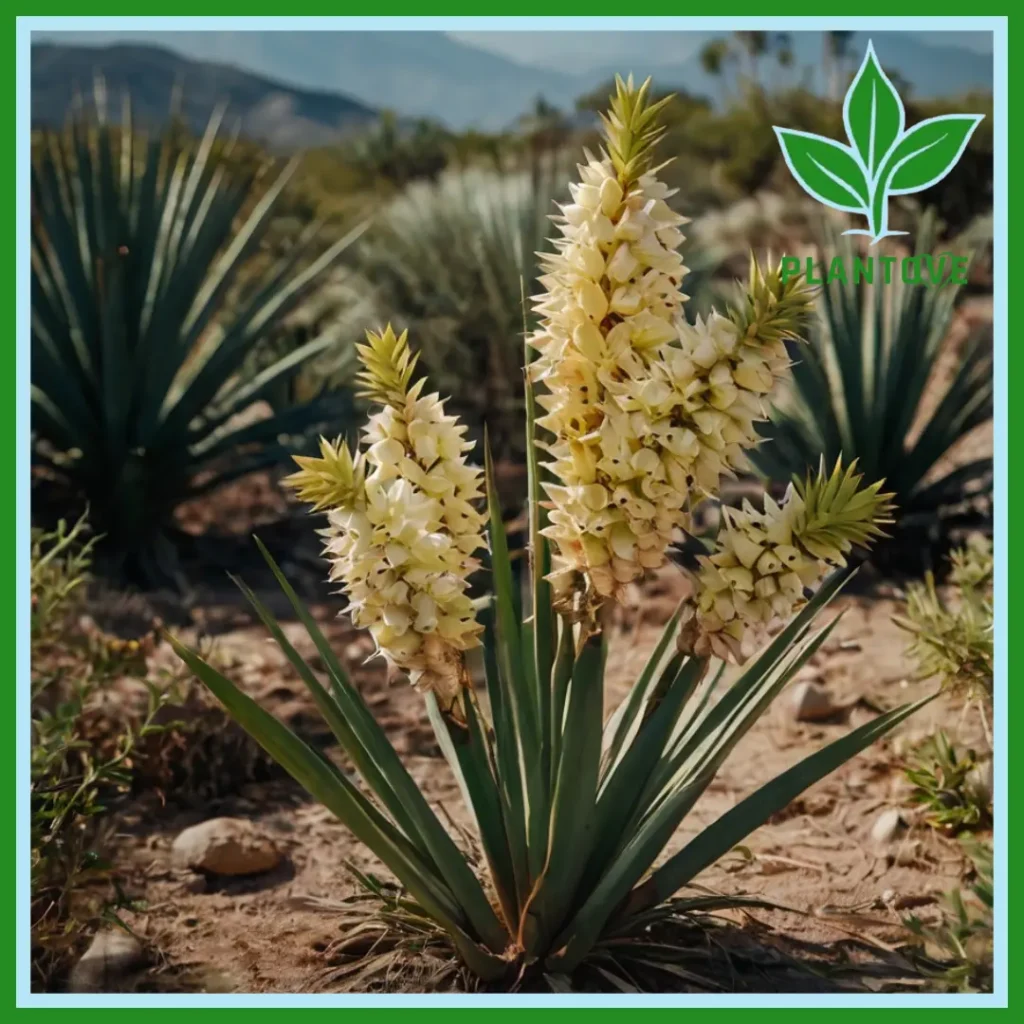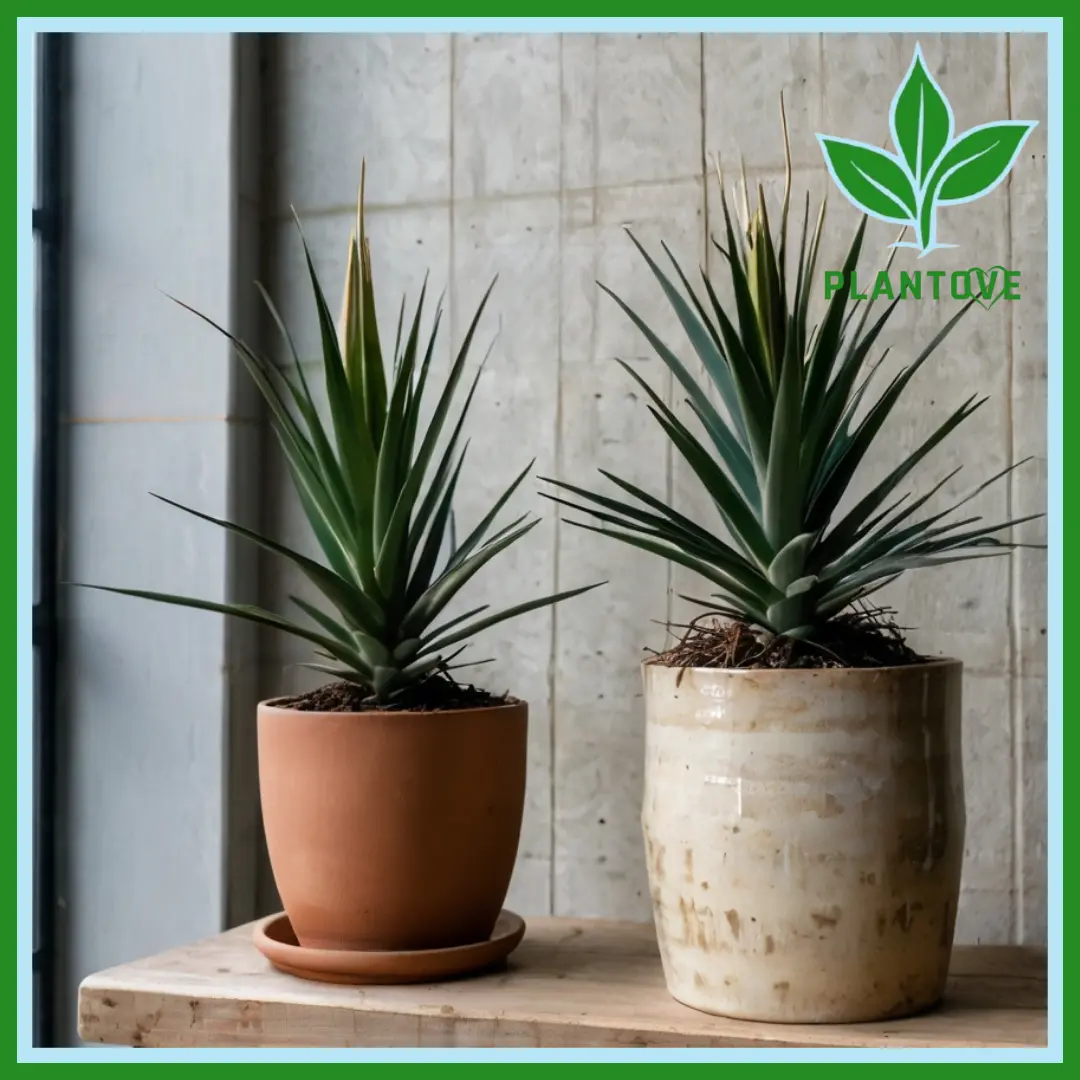The yucca plant is a versatile and resilient plant known for its striking appearance and minimal maintenance requirements. Whether grown indoors as a houseplant or outdoors in a garden, the yucca adds a bold and architectural flair with its sword-like leaves and tall flower spikes. Native to the arid regions of the Americas, yuccas are drought-tolerant and thrive in various climates, making them a popular choice for gardeners and plant enthusiasts alike.
In this comprehensive guide, we’ll walk you through everything you need to know about growing and caring for a yucca plant, including planting tips, watering needs, common issues, and more.
What is a Yucca Plant?
The yucca plant belongs to the Asparagaceae family and is closely related to agaves and Joshua trees. Yucca plants are known for their tough, evergreen leaves that form rosettes. Some species produce tall, dramatic flower spikes with clusters of white or creamy blooms. There are over 40 species of yucca, and they can vary in size from small, compact varieties to large trees like Yucca brevifolia, better known as the Joshua tree.
Some of the most popular types of yucca plants include:
- Yucca elephantipes (Spineless Yucca): A popular indoor plant with smooth-edged leaves.
- Yucca filamentosa (Adam’s Needle): A hardy outdoor variety with thread-like filaments on the leaves.
- Yucca gloriosa (Spanish Dagger): Known for its sharp leaves and tall flowering stalks.
No matter the variety, yuccas are known for their architectural beauty, drought tolerance, and low-maintenance care requirements, making them a great choice for beginner gardeners.
Growing Yucca Plants Outdoors

When it comes to growing yucca plants outdoors, they prefer sunny, dry conditions that mimic their native habitats. Here are some tips for outdoor planting:
1. Choosing the Right Spot
Yucca plants need full sun to thrive, so choose a location that gets at least 6 hours of direct sunlight each day. They can tolerate partial shade but may become leggy or produce fewer flowers in low-light conditions.
2. Soil Requirements
Yucca plants prefer well-draining soil. They can handle poor, sandy soil but struggle in heavy, clay-like earth that retains moisture. To improve drainage, consider mixing in sand or gravel if your soil is dense. A slightly alkaline pH level (6.0 to 7.5) is ideal for yuccas.
3. Planting the Yucca
When planting yucca outdoors, make sure to space them out properly. Depending on the species, give each plant at least 2 to 3 feet of space. Dig a hole that’s twice as wide as the root ball, then plant the yucca at the same depth it was growing in its pot. After planting, water thoroughly to help settle the roots.
4. Watering
Yuccas are incredibly drought-tolerant once established and can go long periods without water. For newly planted yuccas, water them deeply once a week until they establish a strong root system. After that, water only during extended dry periods or when the soil is completely dry.
5. Fertilizing
Yuccas don’t need much fertilization. If desired, you can apply a balanced, slow-release fertilizer once a year in the spring to encourage growth and flowering. Too much fertilizer can cause leggy growth or burn the leaves, so it’s best to use a light hand.
6. Pruning and Maintenance
Outdoor yuccas are generally low-maintenance, but they may require occasional pruning to remove dead leaves or spent flower stalks. Use sharp pruning shears to trim away any damaged or dead foliage.
Growing Yucca Plants Indoors

Indoor yucca plants, particularly the Yucca elephantipes, are popular for their modern, sculptural appearance and ease of care. Here’s how to keep your indoor yucca healthy:
1. Light Requirements
Yucca plants need bright, indirect sunlight indoors. Place them near a sunny window, preferably one facing south or west. While yuccas can tolerate lower light, they grow best in bright light conditions. If your yucca isn’t getting enough light, it may start to stretch or grow slowly.
2. Soil and Potting
For indoor yuccas, use a well-draining potting mix, such as a cactus or succulent mix. Make sure the pot has drainage holes to prevent water from sitting in the bottom, as soggy roots can lead to rot. A pot that’s slightly larger than the root ball will give the plant room to grow without encouraging excess moisture retention.
3. Watering
Indoor yucca plants should be watered infrequently. Let the top 2-3 inches of soil dry out completely between waterings. Overwatering is one of the most common problems for indoor yuccas, so make sure not to let the plant sit in water. Water more frequently during the growing season (spring and summer) and reduce watering in the winter when growth slows.
4. Temperature and Humidity
Yuccas thrive in typical indoor temperatures between 60°F and 80°F. They can handle dry indoor air, so you don’t need to worry about increasing humidity levels. However, avoid placing your yucca in cold drafts or near heat sources like radiators, as sudden temperature changes can damage the plant.
5. Fertilizing
Indoor yuccas don’t need frequent fertilization. Feed your plant with a balanced liquid fertilizer once a month during the spring and summer growing season. Reduce feeding during the fall and winter.
6. Repotting
Yucca plants grow slowly indoors and typically need repotting every 2-3 years. If you notice that the plant has become root-bound or the roots are circling the bottom of the pot, it’s time to move it to a larger container.
Common Yucca Plant Problems and Solutions

Even though yuccas are hardy, they can encounter a few issues. Here’s how to address the most common problems:
1. Yellowing Leaves
Yellow leaves can be a sign of overwatering. Check the soil to ensure it isn’t too wet and adjust your watering schedule accordingly. If the plant is sitting in water, improve drainage or repot into well-draining soil.
2. Brown Leaf Tips
Brown leaf tips are usually caused by low humidity or watering issues. Make sure you’re watering the plant correctly, and consider misting the leaves or moving the plant away from heat sources.
3. Pests
Yuccas are relatively pest-resistant, but they can sometimes attract spider mites, aphids, or mealybugs. Wipe the leaves with a damp cloth regularly and treat any infestations with insecticidal soap or neem oil.
4. Root Rot
Root rot occurs when the plant is overwatered or planted in poorly draining soil. If the roots are mushy or the plant looks wilted despite being watered, repot the plant into fresh, dry soil and reduce watering.
Propagating Yucca Plants
Yucca plants can be propagated through division or by planting the offshoots that form around the base of the plant. Simply remove the offshoots, let them dry for a day or two, and then plant them in well-draining soil. Water lightly until the new plant establishes roots.
Conclusion
The yucca plant is a striking and hardy addition to any garden or indoor space. With its minimal water needs and tolerance for a variety of conditions, the yucca is perfect for both novice and experienced gardeners. By following the care tips outlined in this guide, you can enjoy the beauty and resilience of this plant for years to come.
Whether you’re looking for a bold landscape accent or an easy-care indoor plant, the yucca is an excellent choice that requires little effort while providing maximum impact.

